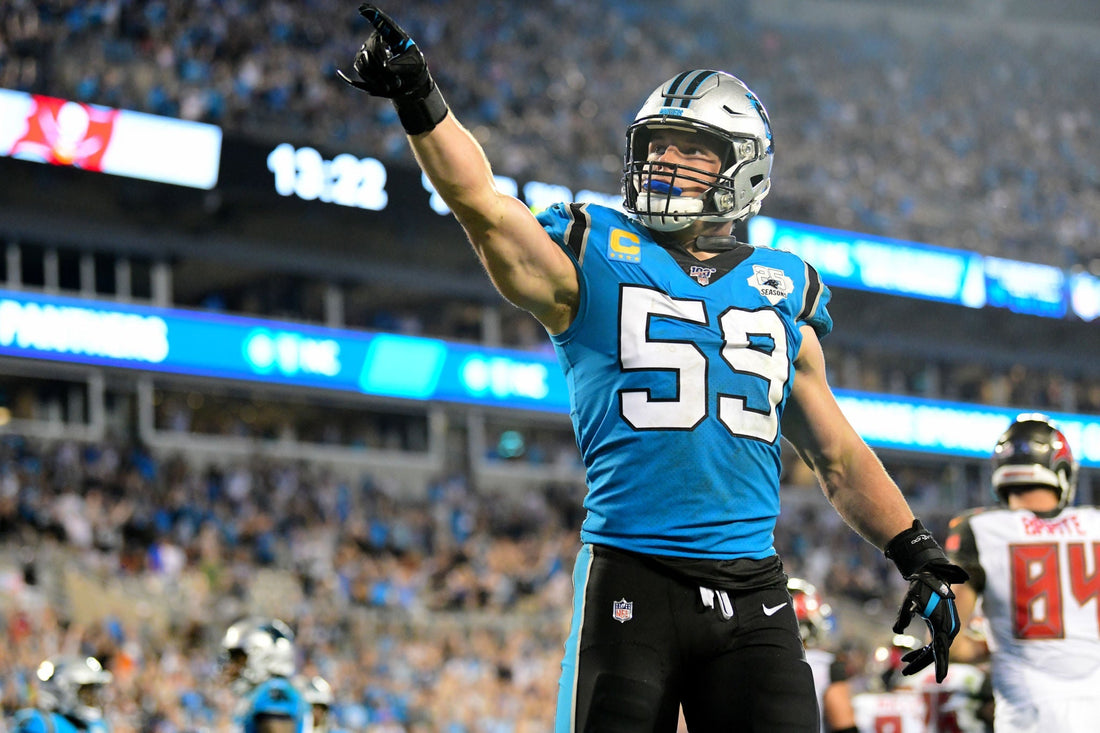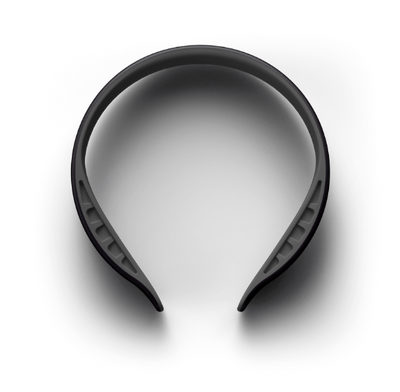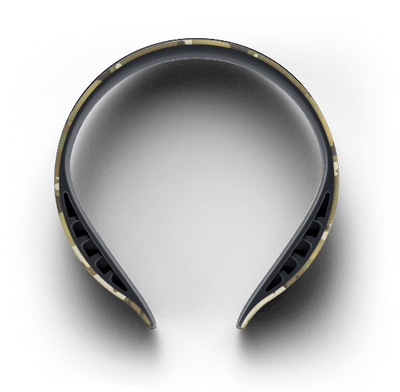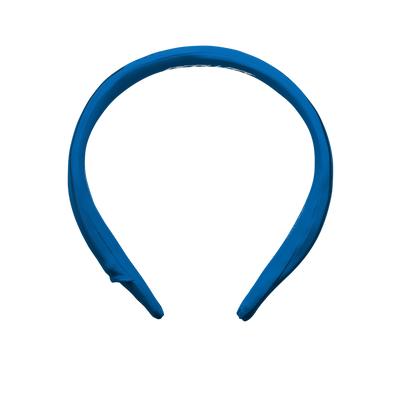Former five-time First Team NFL All-Pro Carolina Panthers’ Linebacker Luke Kuechly is an athlete who needs no introduction. After the 2016 season saw him miss significant time due to head injury, Luke and his family were looking into potential solutions. Luckily, Luke was able to be connected to the Q-Collar through his high school, St. Xavier in Cincinnati, who were actively participating in the Q-Collar’s clinical trials. He was then able to participate in a wearability study of the Q-Collar and wore it in all practices and games for the final three seasons of his career.
Now a member of Q30’s Athlete Advisory Board, we had the chance to sit down with Luke to talk about his experience with the Q-Collar, both on the field and his role today. This is the first piece of a three-part series where Luke dives into his football journey, why he decided to hang up his cleats, and life after football:
How did you first hear about the Q-Collar?
“I think my mom was the person who first told me about the Q-Collar. When I got hit in 2015, I had never had issues with concussions before. Since it had never happened to me before, I figured it was ok and everything would be fine. Then, 2016 rolls around and it happens again. It was very difficult for my parents to see their child go through that again. I didn’t play again for the rest of the 2016 season and my parents started to do some research on how to help. Then, my mom brought up the Q-Collar and told me that she’d like me to at least think about it.”
Given it was still being researched, I’m sure you had questions. What did you need to know about the Q-Collar before using it?
“For me, the big question was ‘how is this thing going to affect me as a player?’ As a young player, you’re thinking about how it’s going to affect my career, my job, and ultimately, my team. All that stuff was easily quantifiable. When I put the Collar on for the first time in training camp, I saw that all of my metrics were exactly the same as they were before. I was a big communicator at the Inside Linebacker spot, so another one of my questions was whether the Q-Collar would affect how I communicate to my teammates on the field. That was easy to see that didn’t change. The third question I had was about whether it would be uncomfortable to wear. Training camp provided that opportunity for me, was able to wear it for segment of practice and get used to it. After a practice or two, it just became part of what I wore in addition to the rest of my equipment.”
Everyone acclimates to the Collar differently so what was that process like for you?
“After the first time I put it on, I was like ‘I don’t know about this.’ It’s a different feeling. It’s like putting on your helmet, shoulder pads or wrist braces for the first time. The first time you put something on, you’re so hyper-aware of your body that you’re going to notice it. However, as time progresses, it becomes part of everything else you have on. I went in with a good mindset and said ‘Hey, this is something that I want to work and It’s something that will allow me to play longer.’ If this helps me with that, I need to give it a fair chance. After a day or two, I got used to it and then it just became a part of what I wore. Whenever you try something new, you obviously want it to work. Based off the previous two seasons, 2015 and 2016, my mindset was that I was willing to do anything to change it up.”
Do you think wearing the Q-Collar would have helped you earlier in your career?
"If I would have started wearing the Q-Collar earlier, some of those smaller impacts would have been mitigated over the course of time. With the Q-Collar, those smaller sub-concussive impacts may not add up as quickly. That’s where I think the Collar really benefitted me. It’s the hits that you take on a practice-to-practice or game-to-game basis where you’re kind of like ‘I’m good.’ I’d anticipate that if I started wearing it earlier, some of the smaller hits that I took wouldn’t have added up in the same manner that they did through high school, college, and then my first few years in the NFL.”
What was your mindset like around head injuries and injuries in general earlier in your career?
“As I grew up, people learned more and more about concussions and the head injury space. Football is a violent sport and you’re going to get hurt at some point. There are opportunities to have orthopedic issues and concussion-related injuries, which I think everyone goes into football understanding that. Despite that, I think that the game has gotten safer for a lot of different reasons. A lot of people love the game of football and want it to be around. I always thought about my health in relation to football with the mindset that I love what I do and that it provides me with opportunities to do things that I otherwise wouldn’t be able to do. As a result, I was never upset that I got injured. With that being said, I want guys to be able to play football for years to come and not have head injuries be the reason why they can’t. I hope that the Q-Collar can be a part of the growing awareness around brain injuries in football, and in turn making the game safer.”
When you first got involved with the Q-Collar, what was your ability to talk about the product with others like?
“When I first got involved, the Q-Collar was still a part of a research study. My ability to talk about the product was very minimal. I could talk about it to guys on the team. When guys on the team asked about it, I told them what it was and why I was wearing it. As for the media, I had to be very grey about it, about what it does and why I’m wearing it. I couldn’t say I was a part of a study. I think eventually it kind of surfaced a little bit but I wasn’t allowed to talk about it a whole lot because Q30 was still working through FDA-Clearance and making sure that all the studies were lined up and ready to go. We had a lot of good anecdotal data from the guys at my old high school, St. Xavier. They passed a lot of good stuff onto me. I was able to talk to them and ask them a lot of questions about it.”
Now that you’re more involved with us, how do you see adoption growing?
“Yeah, so besides football, we’ve got soccer, we’ve got the PLL, some Olympic luge and bobsled people, we’ve been getting some big wave surfers that are wearing it. Anyone that has blows to the head is obviously a candidate for it. So, I think as time goes on, hopefully it continues to grow, but I think for the NFL guys wearing it, this will be the best year we’ve had yet. We’ve got Tony Pollard, Adrian Amos, A.J. Klein, and a whole bunch of other guys that have been wearing it. Hopefully they continue to have positive experiences with it, and it continues to grow.”
Are there any other groups you’ve been interacting with or thinking about with Q30?
“I think when you look at the military component with these guys and the good experiences that they’re had, I’ve heard through all of them that in certain situations like when they’re flying in helicopters, when they’re shooting all the time, that they don’t feel as good as they do at the beginning of the mission. It’s totally understandable. If this helps them feel more like themselves, then I think it’s awesome. The application with Olympic athletes, like Olympic skiers and snowboarders, they may not have as many sub-concussive impacts, but they do have big impacts. There are so many different applications the Q-Collar is good for. Then you look at the military guys where the impacts they’re seeing are more of the vibrations, the energy from explosives and firearms, and then they do get big shots. Then you look at the bobsledders and the luge people who are bouncing around in the sled. I find that all these different means of application are very cool and promising.”








